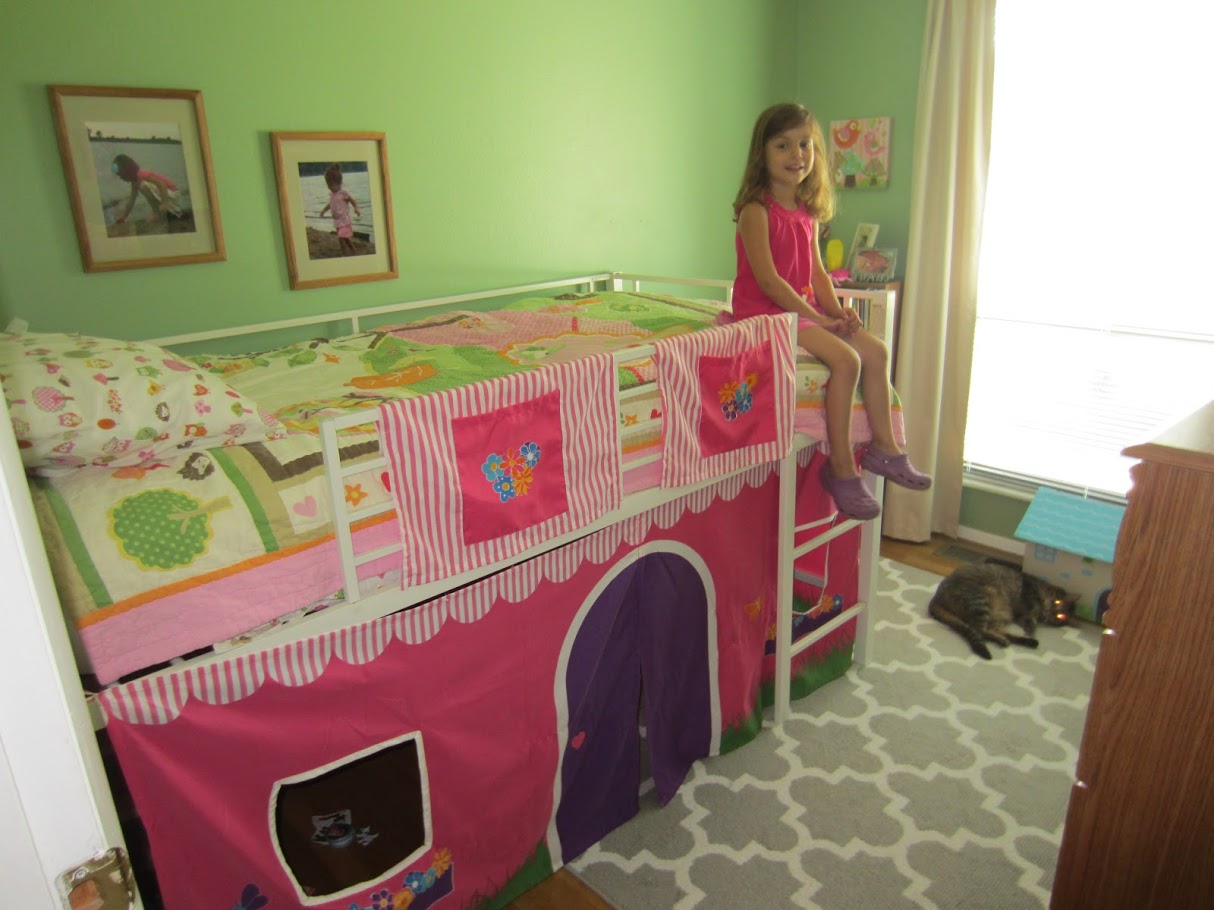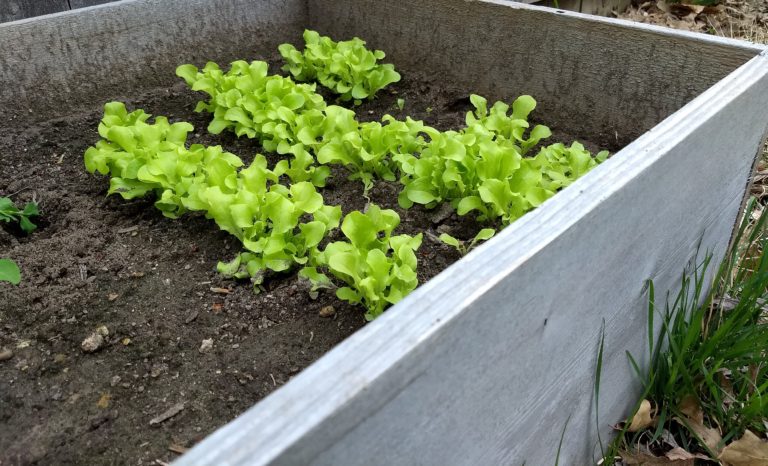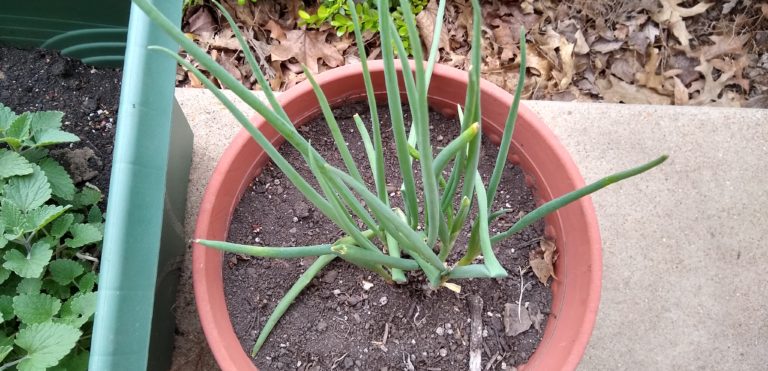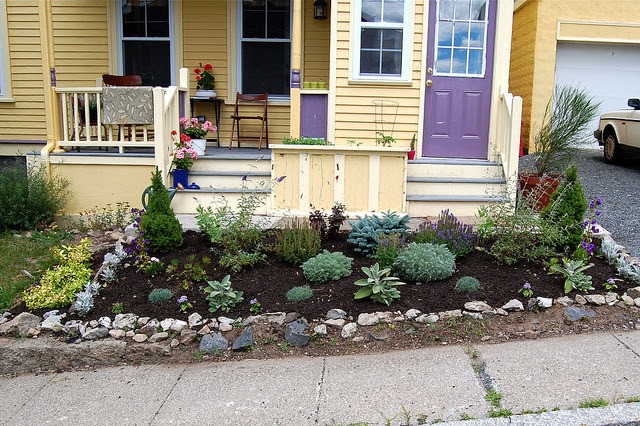How to Organize a Small Bedroom
It’s a popular time of year for cleaning house, purging clutter, and generally tidying up. Small bedrooms are a unique challenge in this respect.
My youngest daughter’s bedroom is 8 feet by 10 feet, or 80 square feet. The main piece of furniture in her room is a junior loft twin bed with a set of low shelves tucked underneath. She also has a vertical dresser, another small bookshelf, and a very small desk, with not much room for anything else of substantial size. Perhaps there are smaller bedrooms out there, but I can say without exaggeration that I have never seen a bedroom in another house in the United States that is smaller than this bedroom.

It takes careful arranging and organizing to make a small bedroom work, but I enjoy the challenge and I like how small spaces help to simplify life. In other words, small spaces force us to limit our material possessions and serve as reminders that we don’t need as much as we sometimes think we need.
If I could share only one piece of advice on making your small bedroom work, it would be to keep it uncluttered. Americans are especially notorious for having a lot of stuff. It often sneaks up on us. Clean out your small bedroom on a regular basis and keep only what is useful and sparks joy. Your space will look larger if it isn’t filled with unnecessary things.
In addition to decluttering, I’ve learned a few other methods over the years to maximize space in a small bedroom. Use this list to pick and choose what works best for your space.
19 Ideas for Small Bedrooms:
- Try a loft bed. Full-sized loft beds give you room to tuck a dresser, desk, shelves, seating, or some combination of those items under the bed. Loft beds free up valuable space in the rest of the room. The only downside is that it can be a pain to change the sheets or to make your bed each morning if you own a loft bed. In fact, the bed may not ever get made, but sometimes the trade-off for extra space is worth it.
- If the bedroom belongs to a younger child, try a junior loft bed. These beds sit only three or four feet off the ground, so there are fewer concerns about kids falling a long way out of bed. Junior loft beds have nice child-sized spaces underneath that serve as toy or book storage and play areas. They’re a cozy space in which to tuck a set of low shelves and some cushions or a bean bag chair.
- If the bedroom belongs to a very young child, use a toddler bed for as long as possible. Some people view toddler beds as a waste of money because children can only use them for a few years before outgrowing them, usually around age 5 or 6 at the oldest. They are wonderful space savers, though, because they take up less floor space than twin beds. You can find them at decent prices at children’s resale shops or online garage sale sites.
- Try a Murphy Bed. These are specially made beds that fold up into a cabinet when they’re not being used, freeing up floor space.
- Get a bed with built-in storage drawers underneath or with shelving built into the headboard. Maximize storage space wherever you can get it.
- If you’re putting a desk in the room, consider getting one that has a few drawers and/or shelves to maximize storage space. You can find desks with shallow drawers that are still sleek, space-saving, and not overpowering in a small room.
- Consider using a folding desk or a lap desk if you don’t need a desk all the time in your small bedroom. Both of these can be put away when not in use.
- Place a desk next to the bed so it can serve as both a nightstand and work space.
- Consider using nesting tables. For a nightstand, invest in a set of two to three tables that tuck under one another. You can pull tables out to use for studying, crafting, other projects, or holding snacks. Then tuck them back under each other when you’re done.
- Use a tall, narrow dresser. You don’t want a 4- or 5-foot-long low traditional dresser that takes up an entire wall. Look for a taller vertical dresser with four to six stacked drawers. Don’t forget to anchor it to the wall if it’s in a bedroom that children will use.
- Utilize storage space under the bed. Use baskets, plastic boxes with lids, or whatever fits and looks tidy. This space is great for toys, shoes, clothing, games, books, or whatever else fits.
- Utilize storage space on the door. Use over-the-door hooks to hold coats, sweaters, hats, necklaces, purses, bags, and more. Or use an over-the-door shoe holder for shoes or other items like makeup, toiletries, toys, or whatever fits.
- Attach shelves to walls. The great thing about shelves that are fastened to the wall is that they do not take up any space on the floor, leaving you with room to place a desk, dresser, or other furniture underneath. You can store things right up to the ceiling this way. Visit hardware or home improvement stores for easy kits that come with brackets and board shelving that you — or a handy friend — can install with some basic tools like a power drill and level.
- Install a light on the ceiling or lamps on the walls. Save your floor and table or shelf space for other things besides lamps.
- Maximize closet storage. Use hanging organizers or hanging shoe holders. On the closet floor, place small carts or plastic drawers to hold clothing, shoes, or other accessories. Install extra shelving in the closet if necessary and if there is space. If you have room in the closet, you can try placing a shallow bookshelf along the back wall to hold books, shoes, clothes, toys, organizing bins, or anything else.
- Hang mirrors to give the illusion of a bigger space. Just don’t go all 1970s overboard.
- Hang curtains higher and wider than the window to make the room look larger. Hang curtain rods near the ceiling and use curtains that drape all the way to the floor to give the illusion of a taller room. Also, hang a curtain rod that is wider than the window and arrange the curtains so they cover just the edges of the window, making the window appear larger and allowing more natural light in.
- If it’s a child’s bedroom, keep toys in another room. Keep only a few of the most favorite toys in the bedroom and put the rest in a separate play room, in the basement, or in another space. Some parents do a toy rotation system, keeping some toys put away in storage and occasionally swapping out what’s in the play room or bedroom and what’s in storage. This helps to keep children from getting bored with their toys, makes it easier to keep the room tidy, and keeps a small room from getting overwhelmed with clutter.
- Declutter, declutter, declutter. I will say it once more because this is so essential to life in a small bedroom: purge your unneeded, unwanted stuff. Do it on a regular basis. Follow a blog like becoming minimalist if you need help, ideas, or inspiration.
How do you make use of small bedrooms in your home? Let us know in the comments.







